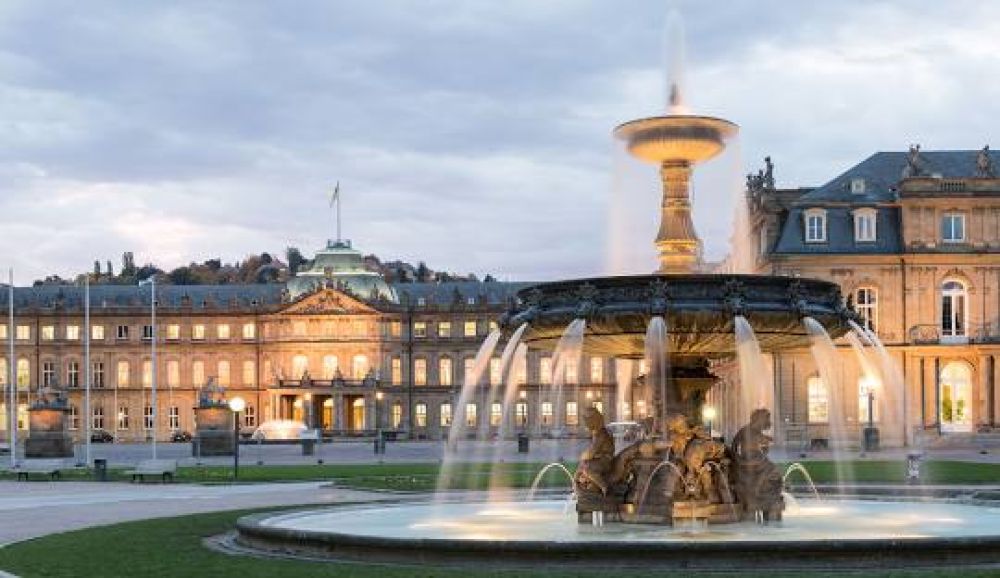

The city of Stuttgart, located in southwest Germany, has a rich history that spans centuries, but its role as a tourist destination has evolved significantly over time. Known for its automotive industry and as the birthplace of the automobile, Stuttgart's tourism history intertwines with its industrial legacy.
Stuttgart’s origins as a tourist destination can be traced back to the early 19th century when it served as the capital of the Kingdom of Württemberg. During this time, it was largely known for its cultural attractions, such as the Stuttgart State Theatre and the Wilhelma Zoo and Botanical Garden, one of the oldest of its kind in Europe. The city also attracted visitors with its spa facilities in places like Bad Cannstatt, a district renowned for its mineral springs.
After World War II, Stuttgart worked to rebuild and modernize. By the 1950s and 1960s, the city had regained its economic strength, mainly through its thriving automotive industry with brands like Mercedes-Benz and Porsche establishing their headquarters in Stuttgart. The presence of these automotive giants led to the development of themed tourism, including factory tours and the creation of the Mercedes-Benz Museum and the Porsche Museum.
By the late 20th century, Stuttgart also grew to become an important venue for international trade fairs and conferences. The establishment of the Messe Stuttgart, one of Germany's foremost exhibition centers, has played a central role in attracting business travelers from around the world. Related tourism infrastructure, like hotels and restaurants, developed as well to serve these guests.
Aside from industry and trade, Stuttgart has a burgeoning scene of cultural tourism. The city hosts a number of festivals throughout the year including the popular Stuttgart Beer Festival (Cannstatter Volksfest) and the Stuttgart Wine Village, which pay homage to the traditional German festivity and attract visitors both domestic and international.
In recent years, Stuttgart has seen a trend toward sustainable tourism. There are increasing efforts to make the city greener and to offer eco-friendly tourism options. Additionally, urban and architectural tourism is on the rise, with visitors coming to see the modernist architecture of the Weissenhof Estate and the innovative designs of the new central library, the Stadtbibliothek am Mailänder Platz.
Automotive tourism remains a cornerstone of Stuttgart's appeal, with car enthusiasts flocking to the city to visit the headquarters and museums of Mercedes-Benz and Porsche. These attractions not only provide insight into the history of these iconic brands but also showcase the latest innovations in the automotive industry.
Throughout its history, Stuttgart has transformed from a royal capital to an industrial hub, and now into a diverse tourist destination. The combination of cultural heritage, the influence of the automotive industry, and a commitment to sustainability make Stuttgart an intriguing place for travelers from all walks of life. Whether they come for business or pleasure, to attend festivals or to experience the city's green initiatives, visitors discover a city that is both rooted in tradition and driving towards the future.